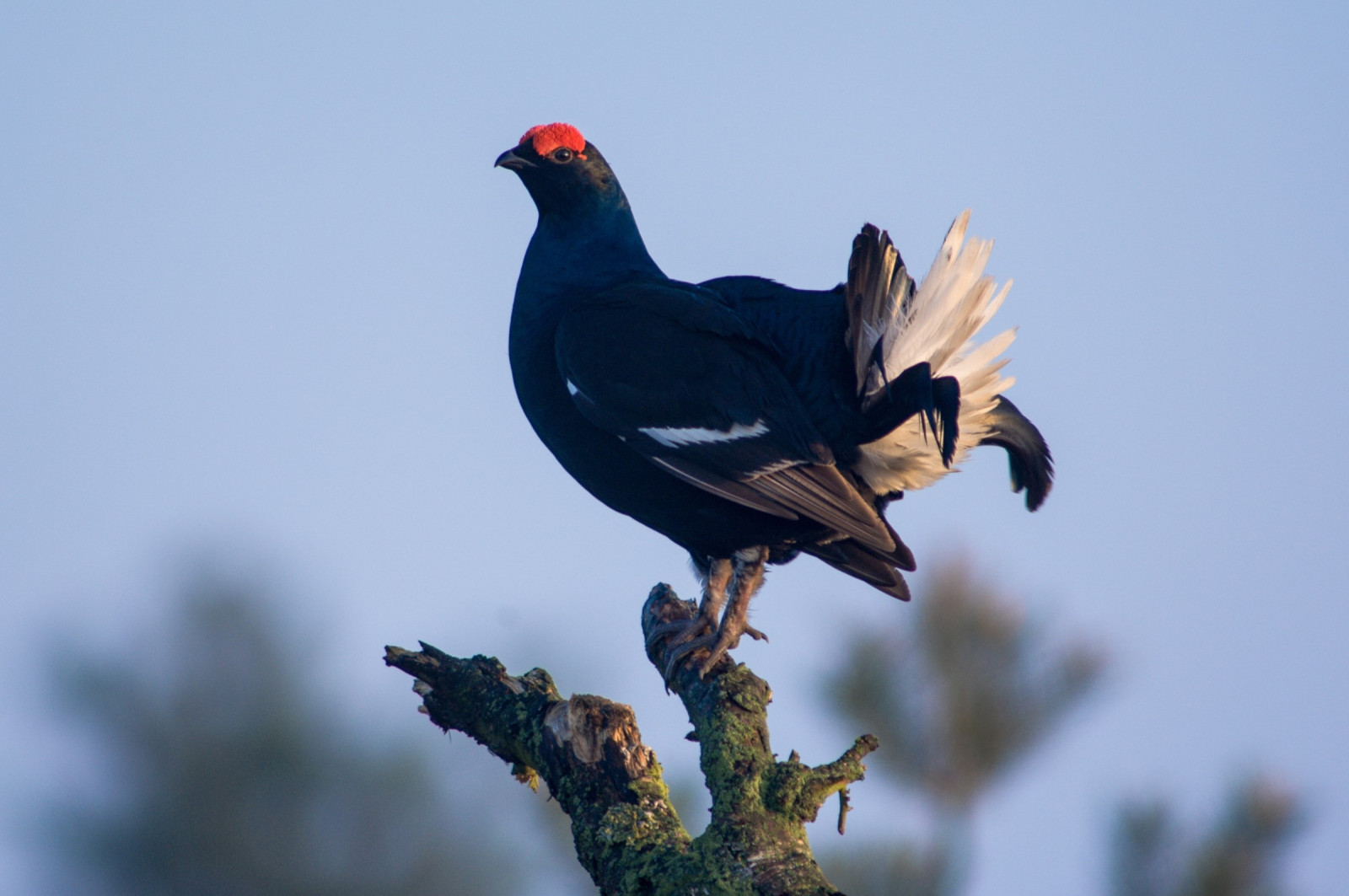Beschreibung
Rotes Moor is home to numerous highly specialized animal and plant species. The area has been renatured since 1979 (under protection) through rewetting by means of an artificial water damming. In some areas, emerging shrubs and trees were felled in order to regain the open character of the ecosystem. The Birkhuhn, which has become very rare, lives here as well as the Zwergschnepfe, Wiesenpieper and Bekassine.
Details
Zugang
Train: Rhönbahn to Gersfeld, from there 1 hour's hiking trail to the Red Moor
"Moordorf" car park directly on the B278 (signposted as a hiking car park, next to a visitor center). Other carparks are Moorwiese car park, or Schornhecke car park (on Hochrhönstrasse).
Terrain und Habitat
Moor/Heideland , Grasland, Wiesen , WaldBedingungen
SumpfigRundweg
JaIst ein Spektiv nützlich?
NeinGute Beobachtungszeit
GanzjährigBeste Beobachtungszeit
FrühjahrRoute
Normaler WegSchwierigkeitsgrad der Tour
DurchschnittlichErreichbarkeit
zu Fuß , Fahrrad , RollstuhlBeobachtungshütten oder -türme
JaZusätzliche Informationen
This circular route and educational trail Moorlehrpfad through the Rote Moor is about 3 kilometers long, with about 1.2 kilometers running over a boardwalk to protect the sensitive nature. The path through the Rote Moor begins at the information booth at the Moorsee (lake) and leads first to the northern part of the Great Red Moor with the observation tower. The observation tower offers a very nice view over the Rote Moor and also shows the former mining areas. To the north of the peat region, the still preserved high moor area lies in a protected core area of the Red Moor that is inaccessible to visitors.



